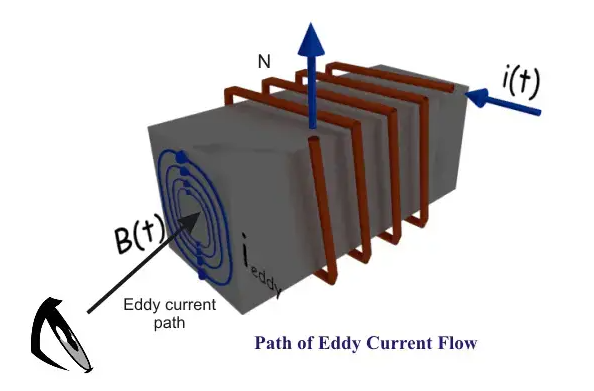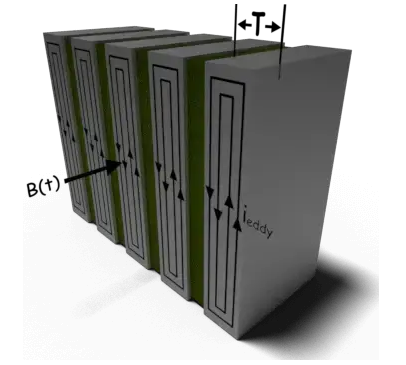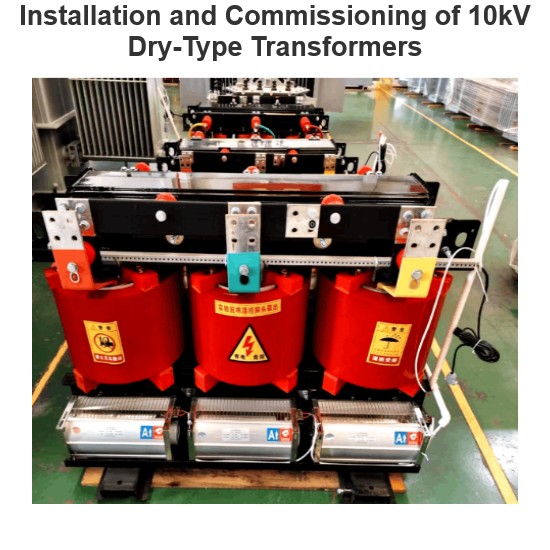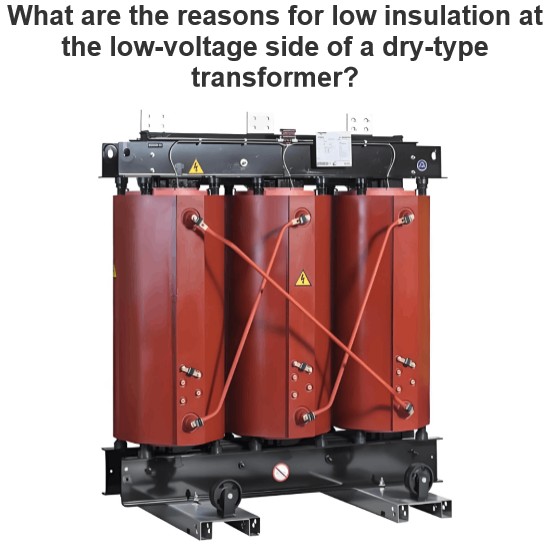Eddy Current Theory and Applications
What is Eddy Current
According to Lenz’s law, a conducting loop when subjected to varying magnetic field gets an emf induced into it causing flow of current in a direction opposing the change causing it. The case goes similar to when instead of a conducting closed loop, the change in magnetic field through a conducting body, say a filament or a slab of magnetic material or non-magnetic material, causes currents to flow into its cross sections at appropriate closed paths.
These currents are given the name eddy currents after the water eddies that are small swirling whirlpools observed in lakes and oceans. These eddy current loops can be both beneficial and undesirable.
While they cause undesirable high heat losses in the material such as transformer core, eddy currents find applications in various industrial processes like induction heating, metallurgy, welding, braking etc. This article deals with the theory and applications of eddy current phenomenon.
Eddy Current Loss in Transformer

The flow of magnetic field inside the core of the transformer induces emf in the core according to the faraday law and lenz law causing eddy current to flow in the core as shown in the figure below. Consider a section of the core of transformer as shown. The magnetic field B(t) produced due to winding current i(t), causes eddy current ieddy to flow inside the core.
The losses due to eddy currents can be written as follows :
Where, ke = constant depends on the size and inversely proportional to the resistivity of material,
f = frequency of the excitation source,
Bm = peak value of the magnetic field and
τ = thickness of the material.
The above equation shows that the eddy current loss depends on the flux density, frequency and thickness of the material and inversely proportional to the resistivity of the material.
In order to reduce the eddy current losses in the transformer the core is formed by stacking thin plates called laminations together and each plate is insulated or varnished so that the flow of eddy current is confined to a very small cross section area of each plate and insulated from other plates. Hence the path of flow of current decreases to minimum. This is represented in the figure below :

In order to increase the resistivity of the material cold rolled grain oriented, CRGO grade steel is used as core of transformer.
Properties of Eddy Currents
These are induced only inside the conducting materials.
These are distorted by defects such as cracks, corrosion, edges etc.
Eddy currents attenuate with depth with highest intensity present at the surface.
Application of Eddy Current
Magnetic Levitation: It is a repulsive type of levitation finds application in modern high speed Maglev trains to provide frictionless transportation. Changing magnetic flux produced by a superconducting magnet placed on the moving train produces eddy currents on the stationary conducting sheet over which train levitates. The eddy currents interact with the magnetic field to produces forces of levitation.
Hyperthermia Cancer Treatment: Eddy current heating used for tissue heating. Eddy currents induced in the conducting tubings by proximal wire windings connected to a capacitor to form a tank circuit which is connected to a radio frequency source.
Eddy Current Braking: Kinetic energy converted into heat due to eddy current losses finds numerous applications in industry :
Braking of trains.
Braking of a roller coaster.
Electric saw or drill for its emergency shut-off.
Induction Heating: It is the process of electrically heating a conducting body by inducing eddy currents in it using high frequency electromagnet. Its main applications are induction cooking, induction furnace used to heat metals to their melting point, welding, brazing etc.
Eddy Current Adjustable Speed Drives: With the help of feedback controller an eddy current coupled speed drive can be achieved. It finds applications in metal forming, conveyors, plastic processing etc.
Metal Detectors: It detects present of metals inside rocks, soils etc. with the help of eddy current induction in the metal if present.
Data Processing Applications: Eddy current non destructive testing used in investigating composition and hardness of metal structures.
Speedometer and Proximity Sensing Applications
Statement: Respect the original, good articles worth sharing, if there is infringement please contact delete.
Electrical4U is dedicated to the teaching and sharing of all things related to electrical and electronics engineering.















